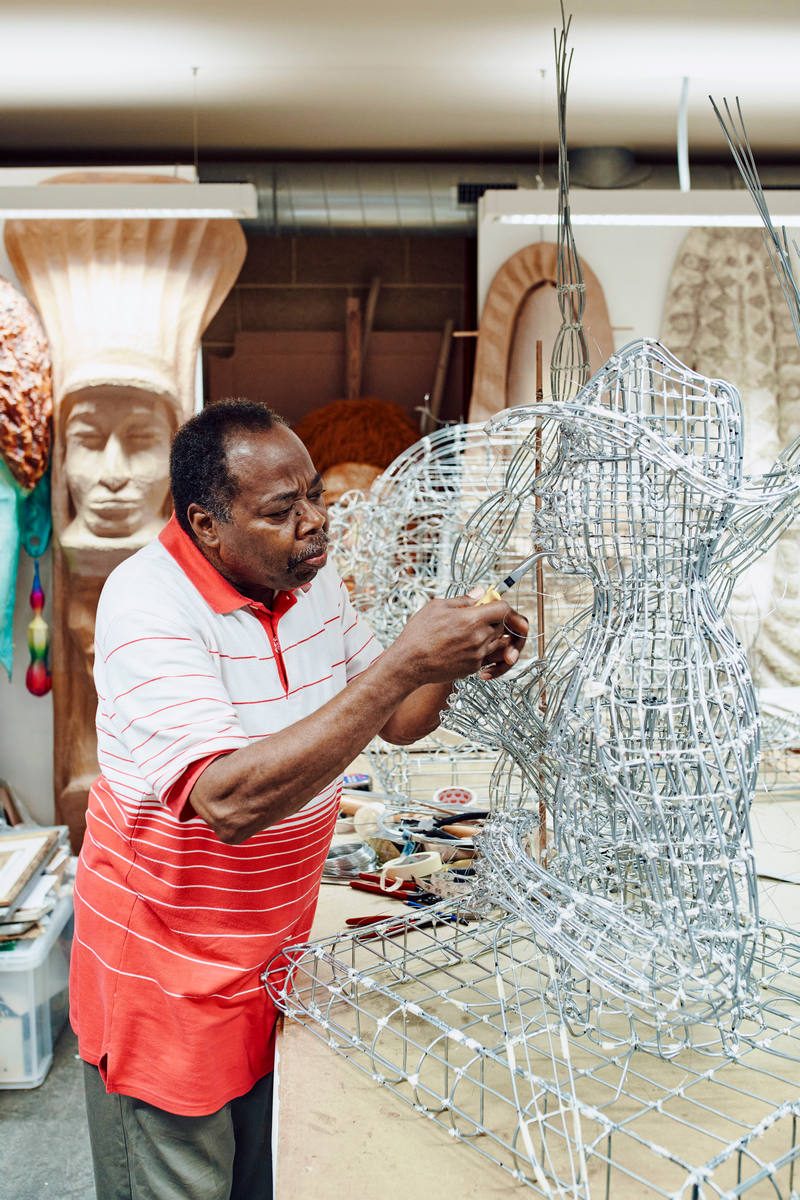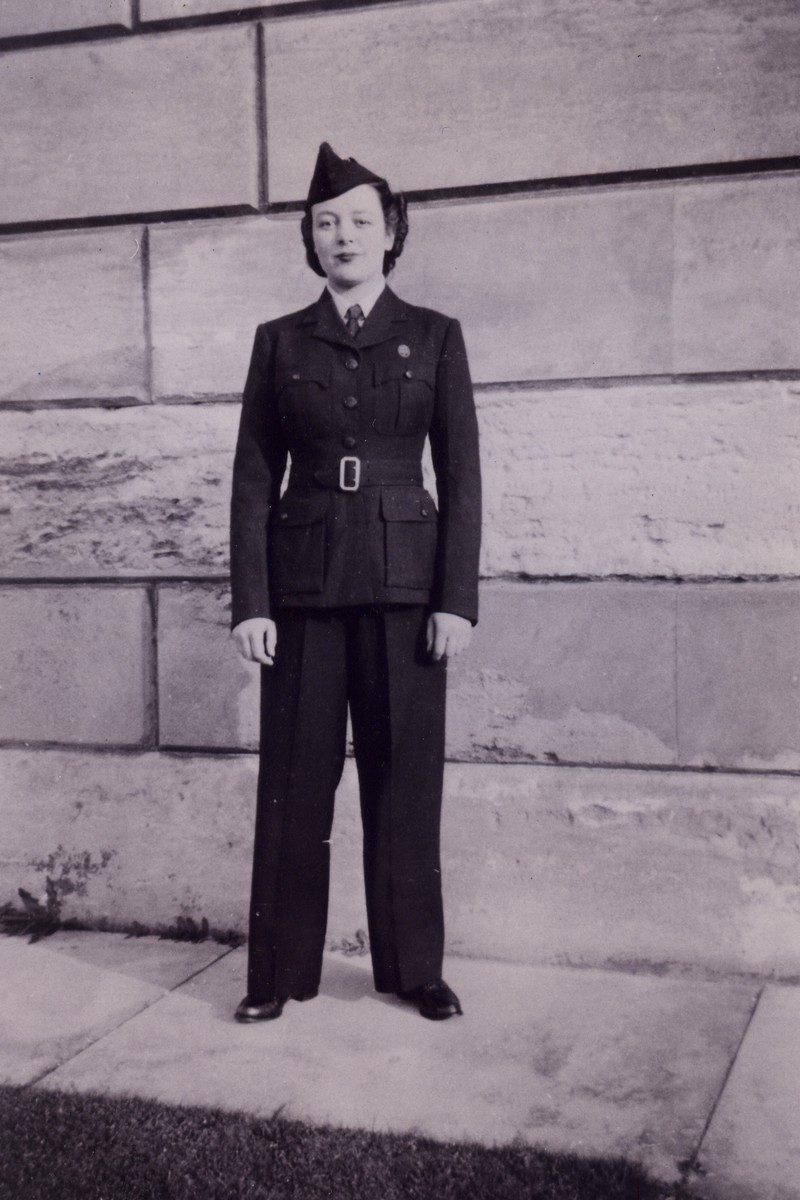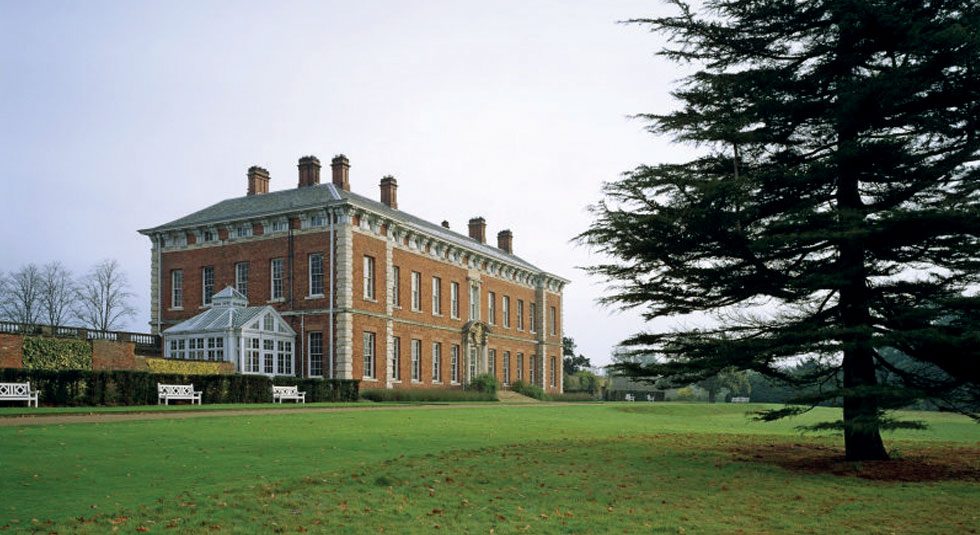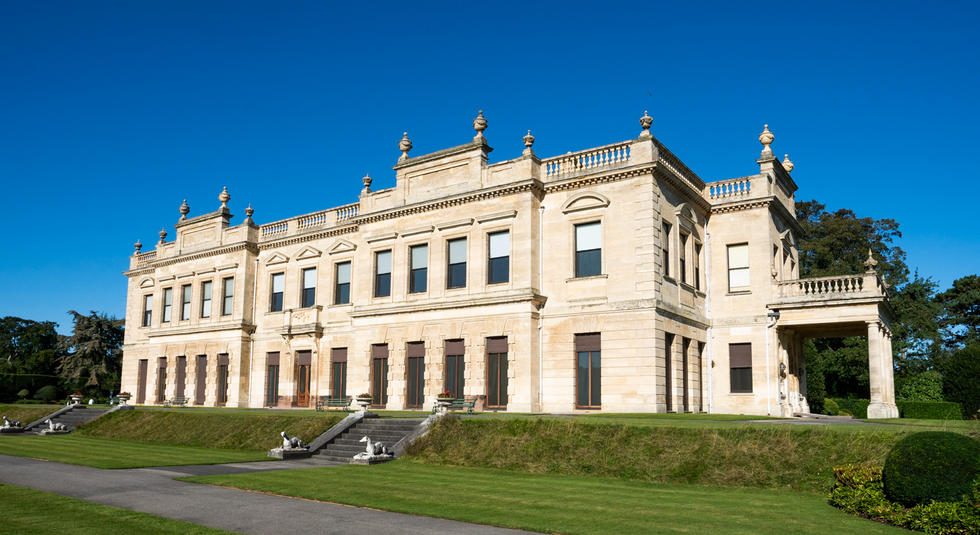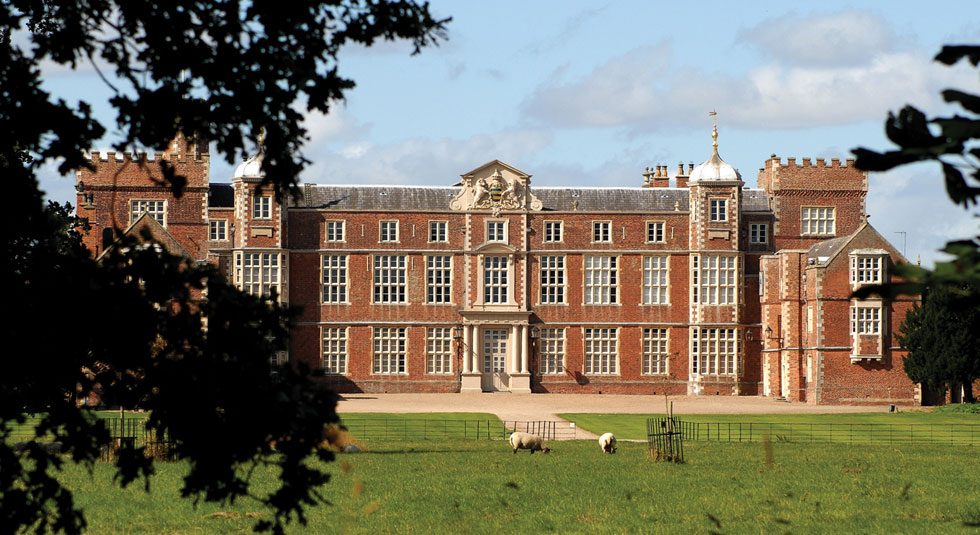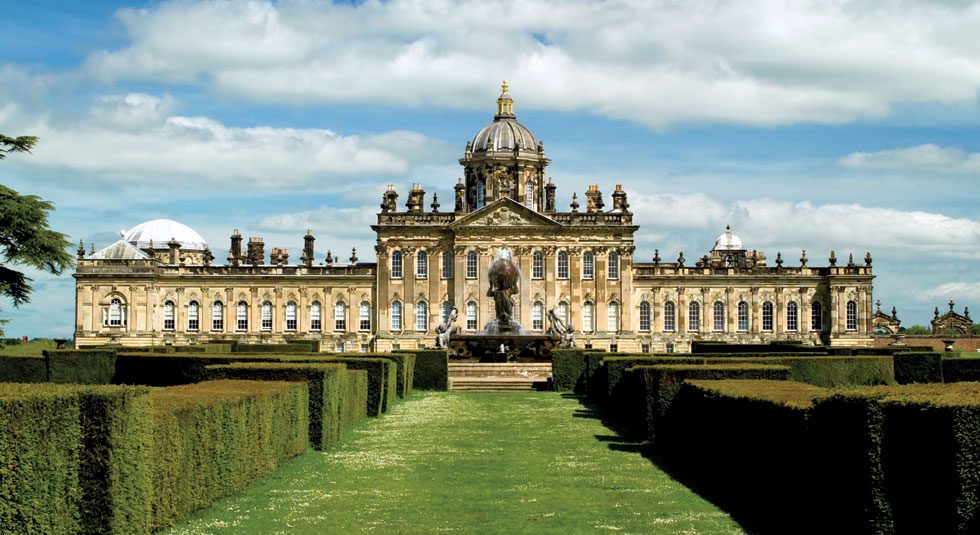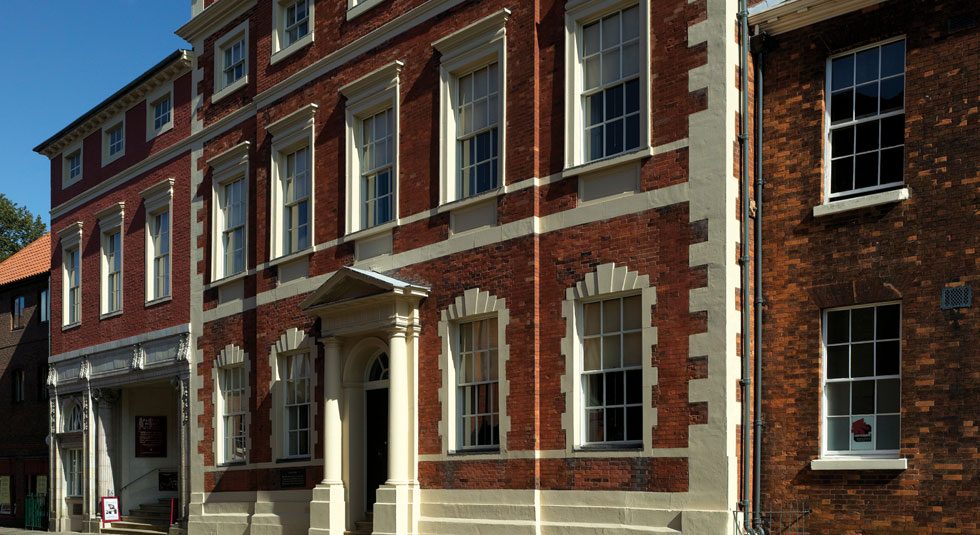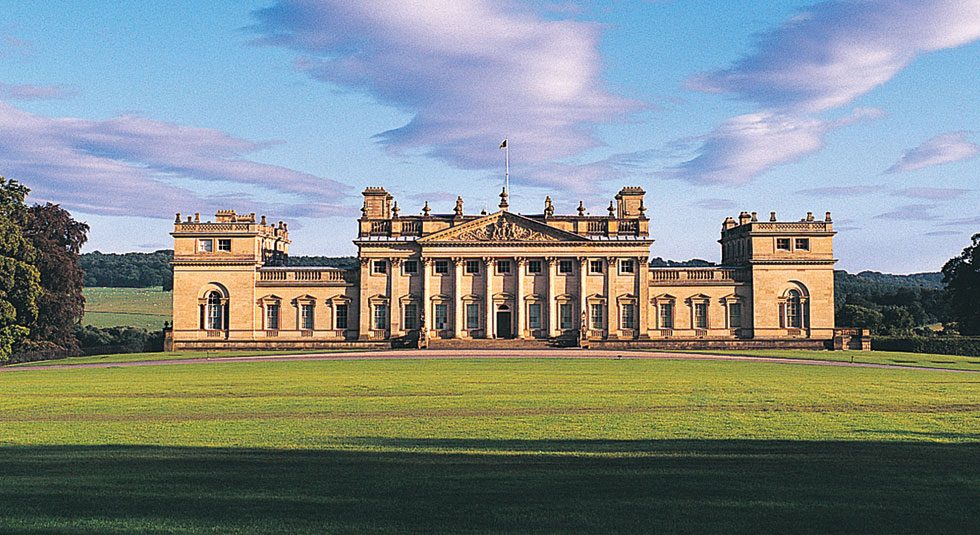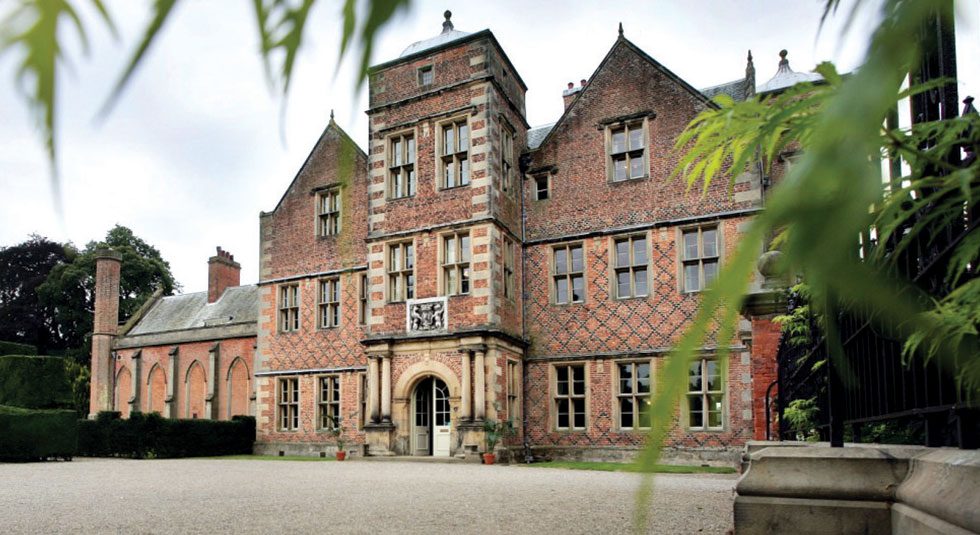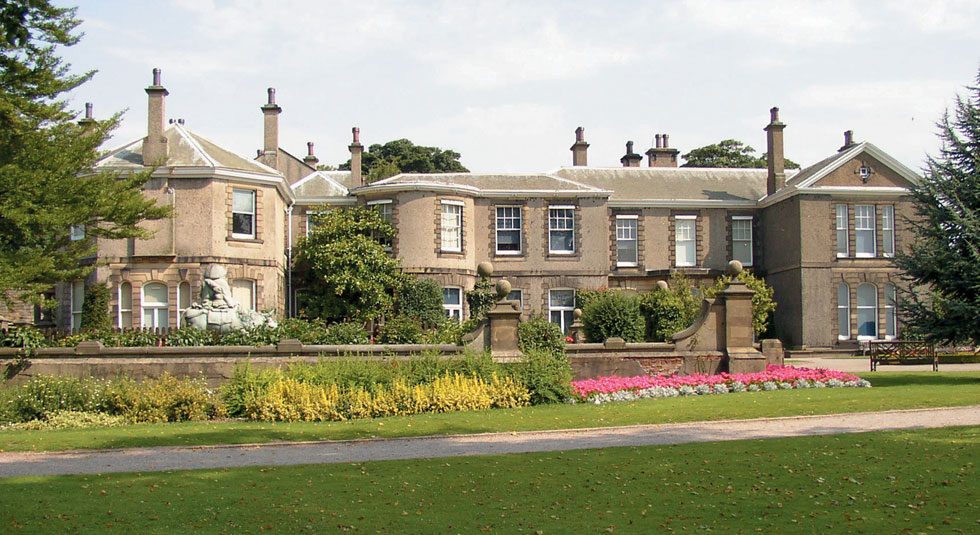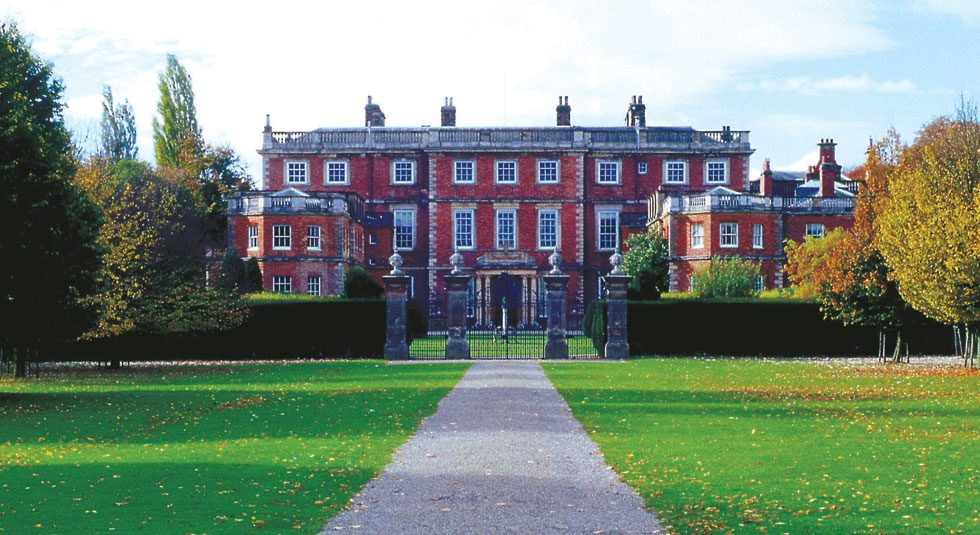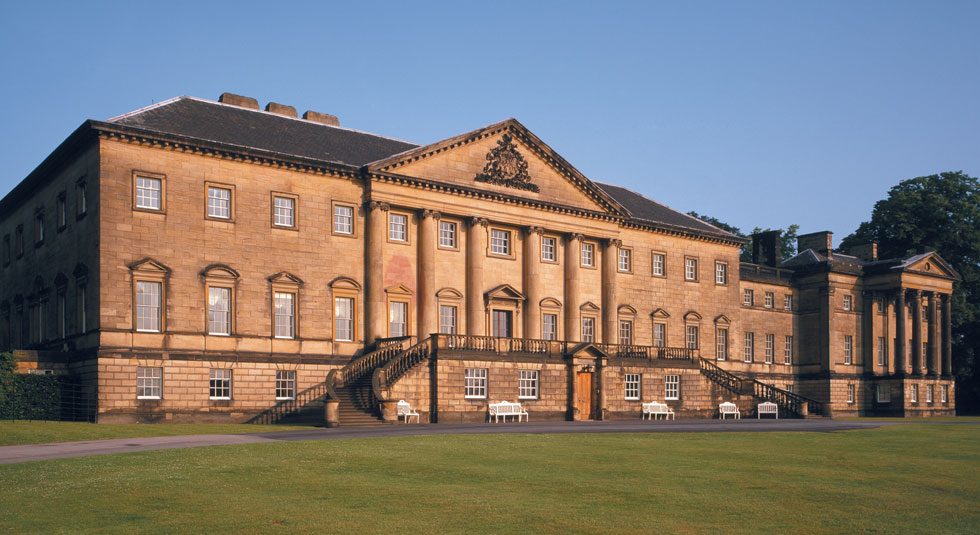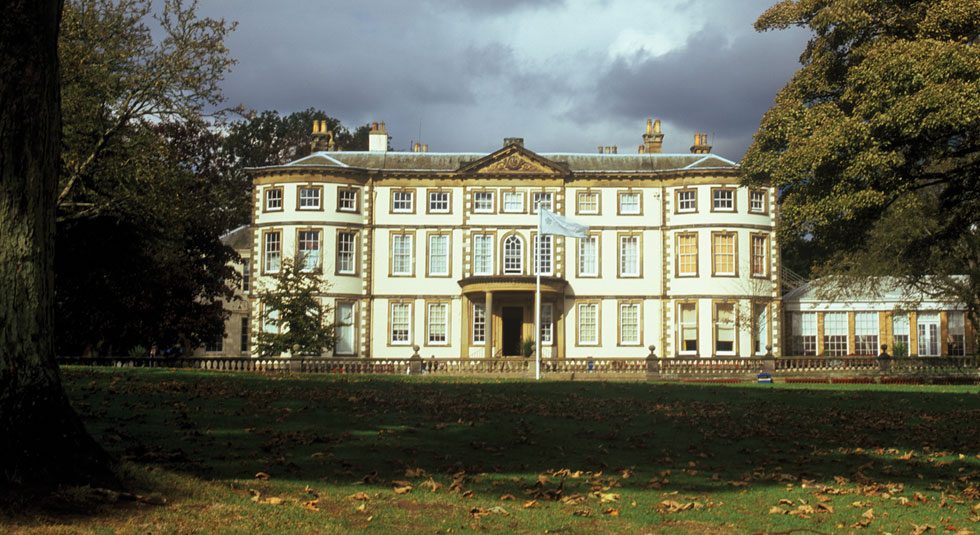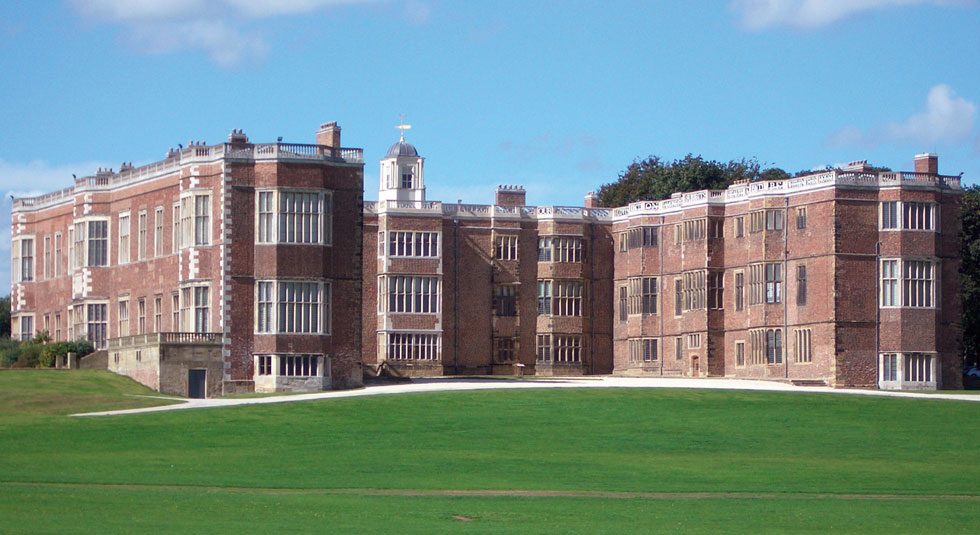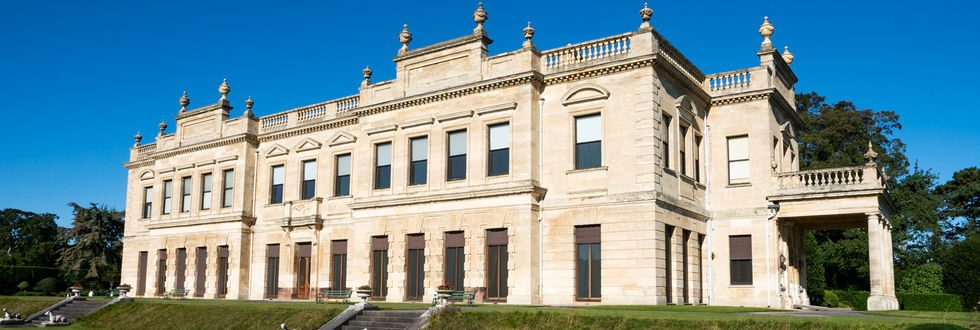
Brodsworth Hall, Doncaster, South Yorkshire
English Heritage
Brodsworth Hall and Gardens survives as a remarkably complete ensemble of a mid-Victorian country house, with its contents and gardens, lived in and adapted by the same family over three generations. The Hall was built between 1861 and 1863 for Charles Sabine Thellusson, whose great-grandfather Peter Thellusson, a merchant and banker, had bought the estate in 1791. It stands at the heart of the gardens, newly laid out around it in the 1860s, and overlooks its historic park and wider estate landscape.
Telling the stories of the generations of people who lived and worked there from the 1860s to the 1980s, the Hall’s fragile interiors have been carefully conserved, while the gardens have been returned to their earlier formality. The faded interior schemes provide a backdrop to the family’s collections of 18th- and 19th-century European paintings, 18th-century furniture and Italian marble sculpture, as well as the personal possessions of successive generations of the Thellusson and Grant-Dalton families.
Brodsworth Hall and Gardens was given to English Heritage in 1990.
Brodsworth Hall and Gardens, Brodsworth, Doncaster, South Yorkshire, DN5 7XJ
Visitor Information: 01302 722598
Email: Brodsworth.Hall@english-
Liberty and Lottery
An exhibition explored Brodsworth Hall’s connections to the transatlantic slave trade, featuring specially commissioned wire sculptures. The exhibition, Liberty and Lottery, was named after two slave ships part-owned by one of Brodsworth’s previous owners, Peter Thellusson (1735-1797). Thellusson amassed considerable wealth through financial dealings which were heavily connected with the transatlantic slave trade, including financing plantations.
Created by nationally renowned carnival artist Carl Gabriel, the five steel wire sculptures were positioned across the hall and gardens. Each sculpture reflected an aspect of Brodsworth’s connection to the transatlantic slave trade, interpreting themes including the voyage of the Lottery, plantations, inheritance, knowledge and memory.
A site-specific poem by award-winning Malika Booker was displayed in the dining room. Her poem ‘Songs of Mahogany’ considers the use of luxurious tropical hardwoods throughout the Hall. Finally, a trail throughout the ground floor highlighted objects and interior features associated with or linked to the transatlantic slave trade. This culminated in a display exploring contemporary attitudes towards the slave trade and colonialism through the books in Brodsworth’s collection, displayed for the first time in the library.
The Liberty and Lottery exhibition was shortlisted for a 2022 Museum and Heritage Award.
Liberty and Lottery: Exploring the transatlantic slave trade at Brodsworth Hall and Gardens ran from September 2021 to November 2022.
Duty Calls: Brodsworth Hall in Time of War
At Brodsworth, an exhibition, trail and community engagement programme explored the roles and experiences of the Thellusson and Grant-Dalton families, their staff and tenants during both World Wars. Drawing extensively on estate records, photographs and oral accounts, the exhibition looked at the impact of war on the family and the estate community as they met the challenges of a much-depleted male population during the First World War and a steady stream of new occupants, military personnel, evacuees and POWs, during the Second World War.
Duty Calls: Brodsworth Hall in Time of War ran from March 2013 to October 2014
Houses
